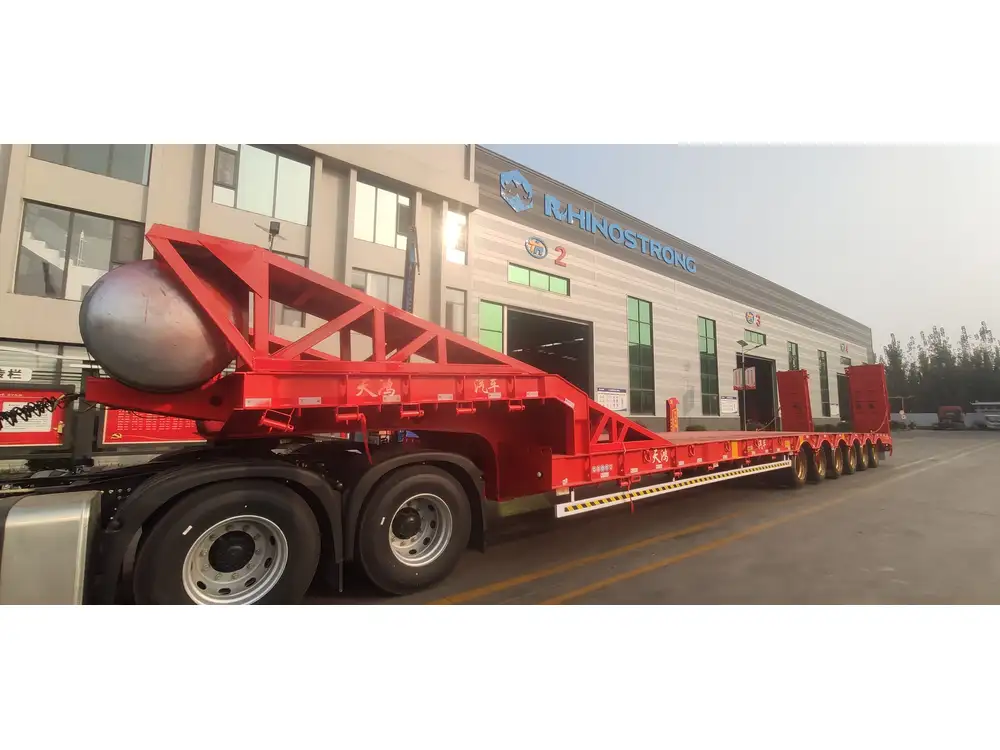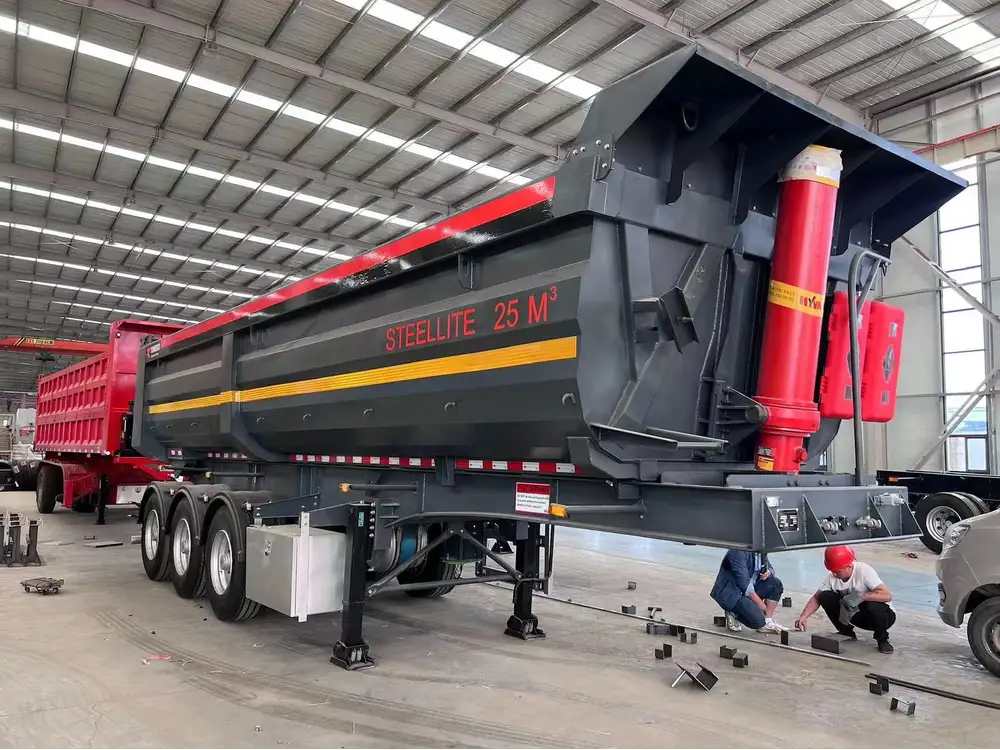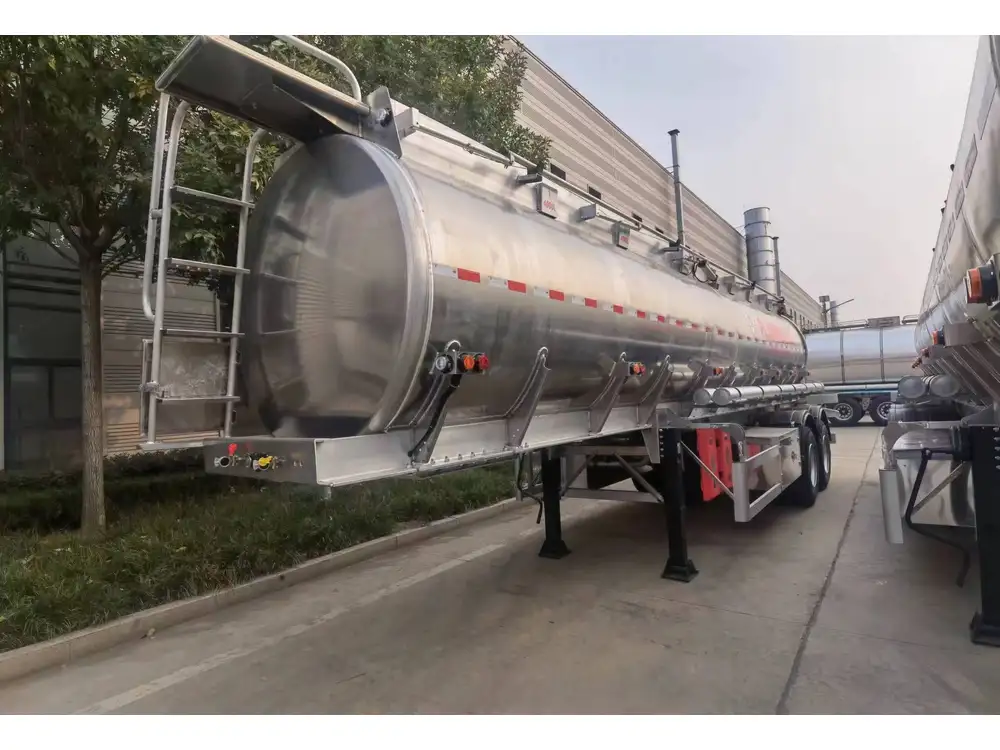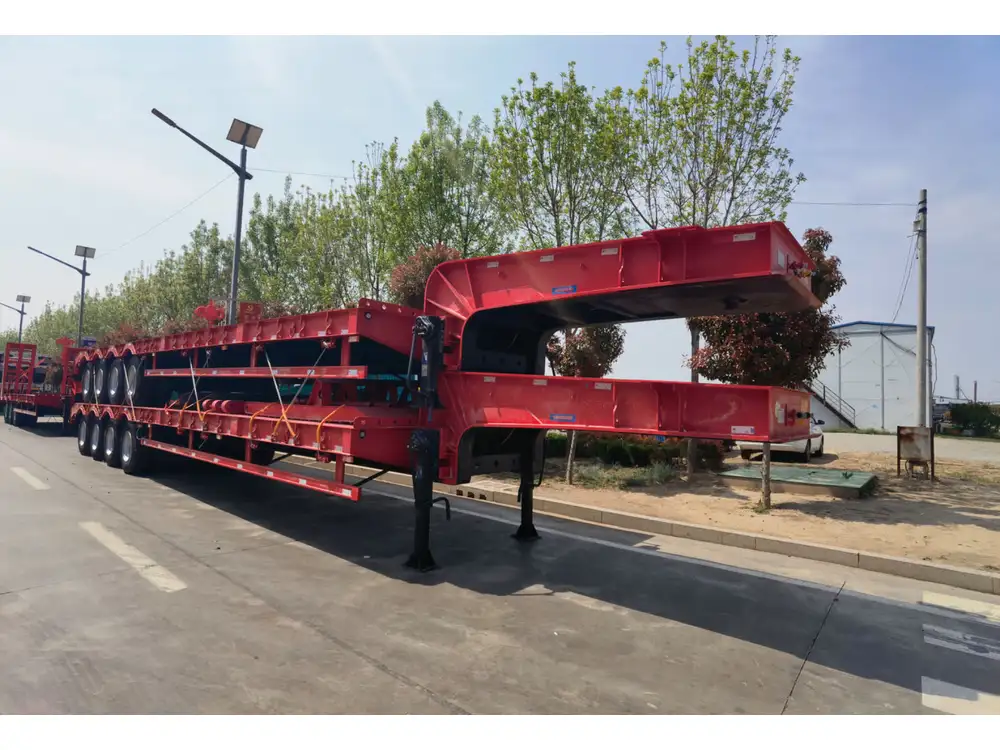When transporting goods, particularly bulk materials like pulp, understanding the capacity and utilization of your semi-trailer is crucial. This article explores the variables affecting the loading of semi-trailers, particularly focusing on the question, “How full is a semi-trailer with 5 pulp cords?” We will delve into the specifics of pulp cord dimensions, weight considerations, and loading techniques to provide a thorough understanding of effective trailer usage.
Understanding Pulp Cords
What Are Pulp Cords?
Pulp cords typically refer to bundles of raw wood or processed wood products used in the paper-making industries or fuel production. These bundles can vary significantly in size and weight depending on the type of wood and the moisture content. Understanding these factors is vital for optimal loading practices.
| Attribute | Description |
|---|---|
| Average Length | 8 to 12 feet |
| Average Diameter | 10 to 15 inches |
| Typical Weight | 200 to 400 lbs per cord |
| Volume per Cord | Approximately 2.5 cubic meters |

Sizes and Weights
Each pulp cord will typically have specific measurements that can influence how many can be transported effectively. Average dimensions suggest that five pulp cords would roughly take up a given volume and weight that can push a semi-trailer to its capacity.
Semi-Trailer Specifications
Types of Semi-Trailers
There are numerous types of semi-trailers designed for different cargoes, but for transporting pulp cords, the most common types include:
- Flatbed Trailers: Used for easy loading and unloading but comes with limited protection from environmental factors.
- Enclosed Trailers: Offers protection from weather conditions but requires additional planning for weight distribution.
- Drop Deck Trailers: Allows for loading taller cargoes due to its lower deck height.

Standard Dimensions and Capacity
| Type of Trailer | Length | Width | Height | Max Load Capacity |
|---|---|---|---|---|
| Flatbed | 48-53 ft | 8.5 ft | N/A | 42,000 lbs |
| Enclosed | 48-53 ft | 8.5 ft | 13.5 ft | 45,000 lbs |
| Drop Deck | 48-53 ft | 8.5 ft | 10-12 ft | 40,000 lbs |
Understanding these specifications helps gauge how full a trailer can be loaded based on the cargo’s dimensions and weight.
Calculating Capacity with Pulp Cords
Load Calculation
To assess how full a semi-trailer is with five pulp cords, one must first convert everything into compatible units. Given an average weight of approximately 300 lbs per cord, here’s a simple calculation model:
Weight of Five Pulp Cords:
- 5 cords × 300 lbs = 1,500 lbs
Volume Capacity of a Semi-Trailer:
- For a standard 53-foot trailer, aiming for around 3,500 cu ft of usable volume.
Volume of Five Pulp Cords:
- 5 cords × 2.5 cu meters (approximately 88.5 cu ft) = 442.5 cu ft

Percentage Utilization
Weight Utilization
The weight capacity can be calculated as follows:
- 1,500 lbs / 42,000 lbs (average weight capacity of a flatbed) = 3.57% of the trailer’s maximum weight capacity.
Volume Utilization
Utilizing the trailer’s volume yields:
- 442.5 cu ft / 3,500 cu ft = 12.64% of the trailer’s volume capacity.
This information reveals a significant observation: five pulp cords occupy approximately 12.64% of the trailer’s total volume while utilizing only 3.57% of its weight capacity, indicating that there is ample room left for additional cargo.

Loading Techniques
Optimizing Space
To ensure that we maximize the trailer’s space efficiency when loading pulp cords, consider these key points:
- Strategic Distribution: Pulp cords should be stacked neatly to enhance stability and maintain balance. This avoids shifting during transport which can lead to accidents or damage.
- Maximizing Height: Use of vertical space is essential. By stacking cords appropriately (where permissible), one can significantly increase the load capacity.
- Securing Cargo: Proper strapping methods will not only secure the pulp cords during transit but also allow for potential increased loading without shifting.
Common Challenges and Solutions

1. Overloading Risk
Exceeding the trailer’s weight capacity can result in fines and safety concerns. Solution: Regularly check the weight of the cords and ensure that they remain within the acceptable limits.
2. Load Shift
Improperly secured loads can shift, leading to potential accidents. Solution: Utilize ratchet straps and secure the load firmly. Consider using bulkheads or stakes to contain the load if necessary.
3. Environmental Exposure
Pulp cords may be susceptible to moisture and weather conditions. Solution: Use tarps or consider enclosed trailers if moisture exposure is a significant concern.

Conclusion
In summary, understanding how full a semi-trailer is when transporting five pulp cords involves various interconnected factors, including weight, dimensions, and effective loading techniques. By leveraging the knowledge of trailer specifications, balancing volume and weight utilization, and employing effective loading strategies, businesses can optimize their cargo transport.
As the logistics industry evolves, utilizing innovative methods for loading and securing trailers will not only enhance operational efficiency but will also contribute to safety and compliance. Therefore, always assess the respective loads and remain diligent about best practices to maximize the trailer’s potential, ensuring a seamless transportation process.
Conducting regular training with staff on proper loading techniques and weight management will further help facilitate a safer working environment. Through conscious efforts to understand trailer capacities, businesses can ensure that their transport solutions are both economical and efficient. With careful consideration, you can transform your transportation practices and enhance overall productivity.



